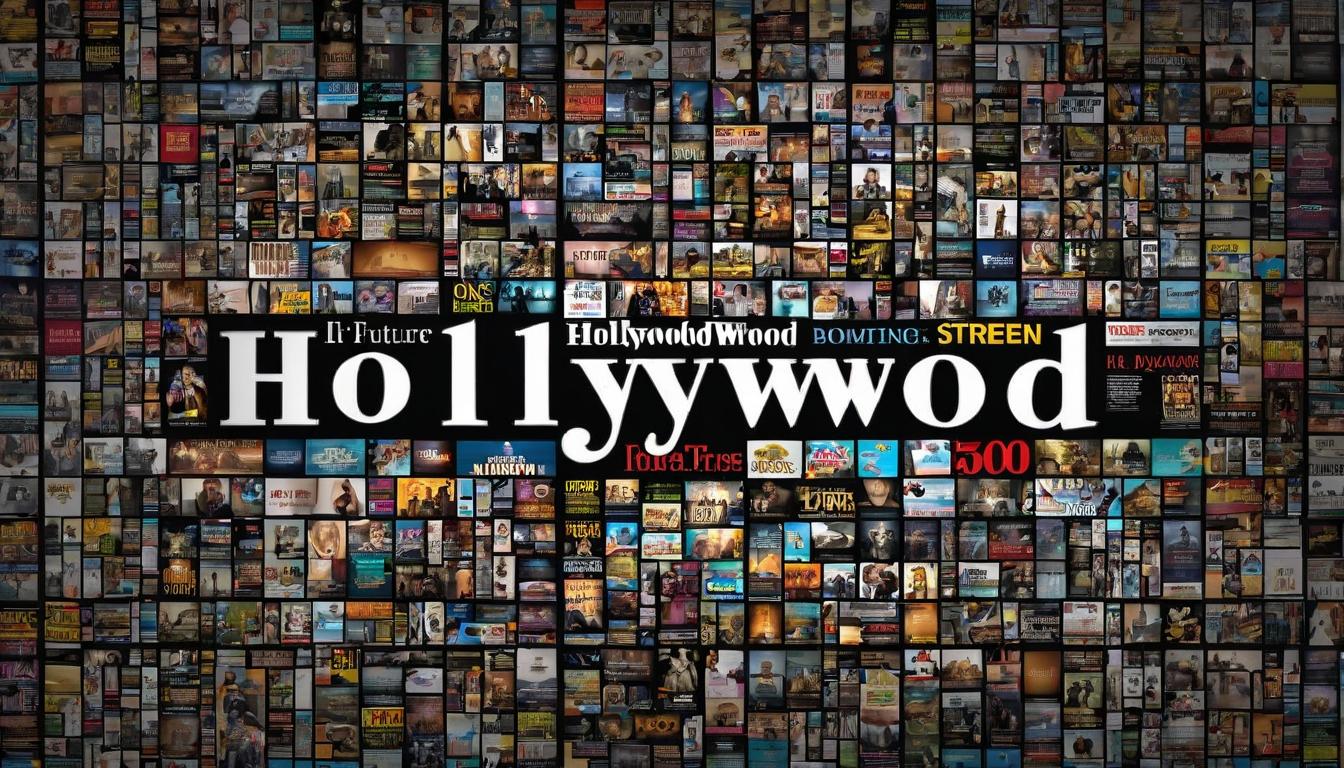There's a strange silence hanging over Hollywood these days. Walk through the studio lots that once buzzed with the chaotic energy of filmmaking, and you'll notice something missing beyond the pandemic protocols. The green lights have stopped blinking. Development deals are gathering dust. The streaming revolution that promised infinite content has hit a wall, and the industry is holding its breath, waiting to see what happens when the money runs out.
For years, we've been living through what critics called television's golden age, but the truth is more complicated. The streaming wars created an artificial boom, flooding the market with content while hiding the fundamental economics behind subscriber growth metrics and stock prices. Now the bill has come due. Netflix's subscriber loss sent shockwaves through the industry, but it was merely the first domino to fall in a chain reaction that's been building for years.
What few outside the industry understand is that the streaming model was never sustainable. The math simply doesn't work. When studios were spending $200 million to produce shows that might attract a few million subscribers, they were banking on perpetual growth. But there are only so many people on Earth, and most of them already have more streaming services than they can afford or watch.
The human cost of this correction is already becoming apparent. I've spoken with dozens of writers, directors, and below-the-line crew members who describe an industry in freefall. Development executives who once championed ambitious projects now spend their days canceling shows and trimming budgets. The independent film market, once a vital pipeline for emerging talent, has been decimated as streamers pulled back from acquisitions.
One veteran producer described the current environment as "creative famine in the midst of content surplus." We have more platforms than ever before, yet fewer opportunities for original voices. The algorithms have taken over, favoring familiar IP over risky innovation. The result is a landscape where every streaming service looks increasingly similar, chasing the same trends with diminishing returns.
Meanwhile, the theatrical experience continues its slow transformation. The pandemic accelerated changes that were already underway, but the real story isn't about whether people will return to theaters—it's about what kind of movies will be worth the trip. The mid-budget drama, once the backbone of Hollywood's output, has virtually disappeared from multiplexes. What remains is a bifurcated market of superhero blockbusters and micro-budget horror, with little room for anything in between.
International markets tell a different story, however. While American studios struggle to adapt, international productions are flourishing. South Korea's Parasite wasn't a fluke—it was a harbinger. Streaming platforms desperate for global subscribers are investing heavily in local content from markets they previously ignored. The irony is that as Hollywood becomes more insular, the rest of the world is producing the kind of innovative storytelling that American studios have abandoned.
The independent film community faces its own existential crisis. Film festivals, once the lifeblood of indie distribution, have become increasingly corporate. The days when a Sundance bidding war could launch a filmmaker's career feel increasingly distant. Instead, we're seeing a consolidation of power among a handful of streaming giants who treat independent cinema as content filler rather than artistic expression.
What's particularly troubling is how these changes are affecting the next generation of filmmakers. Film schools are still producing talented graduates, but the career paths that existed even five years ago have evaporated. Assistant jobs have been replaced by algorithms, development deals by data analytics. The traditional ladder has been pulled up, leaving aspiring creators with few options beyond creating content for social media platforms.
There are glimmers of hope, however. The very technology that disrupted the industry is also creating new opportunities. Virtual production techniques pioneered for shows like The Mandalorian are making high-quality filmmaking more accessible. New distribution models are emerging that bypass traditional gatekeepers. The audience hunger for authentic stories hasn't disappeared—it's just waiting for new delivery systems.
The most successful creators I've spoken with are those who've stopped chasing the streaming dragon and started building their own audiences. They're using platforms like YouTube, Patreon, and even blockchain technologies to connect directly with fans. This decentralized approach represents the most promising path forward—one where creators control their work and their relationships with audiences.
What's clear is that we're witnessing the end of one era and the uncertain beginning of another. The streaming gold rush is over, and what comes next will be determined by who can adapt to the new reality. The studios that survive will be those that remember their fundamental purpose: telling stories that resonate with human beings, not just feeding algorithms.
The current turmoil presents an opportunity to rebuild a more sustainable, diverse, and creative industry. It won't be easy, and there will be casualties along the way. But the alternative—a homogenized landscape of recycled IP and algorithm-driven content—is a future nobody wants. The revolution isn't being televised anymore. It's happening in the quiet spaces between canceled projects and abandoned development deals, waiting for someone brave enough to imagine what comes next.
The streaming paradox: why Hollywood's golden age is quietly collapsing

